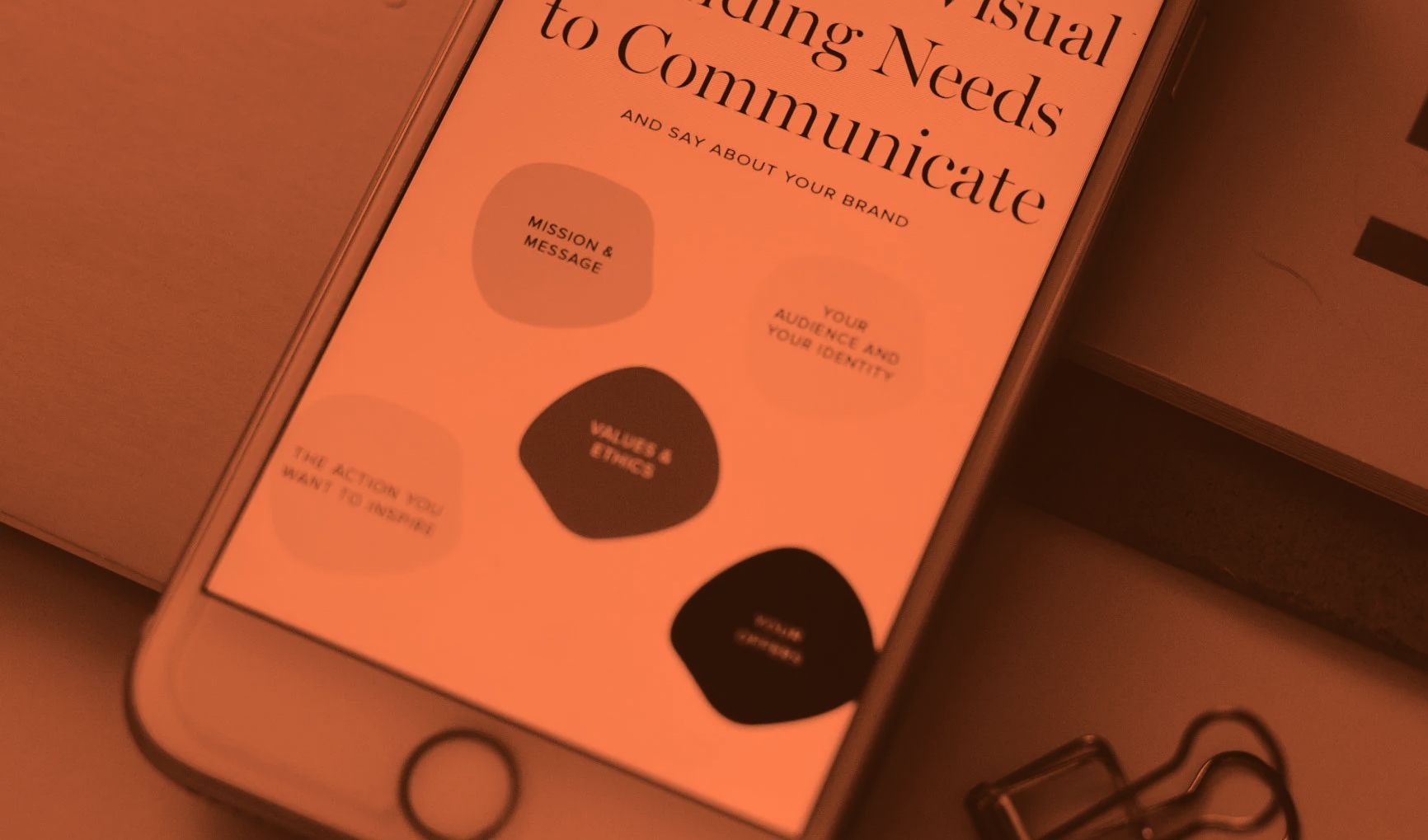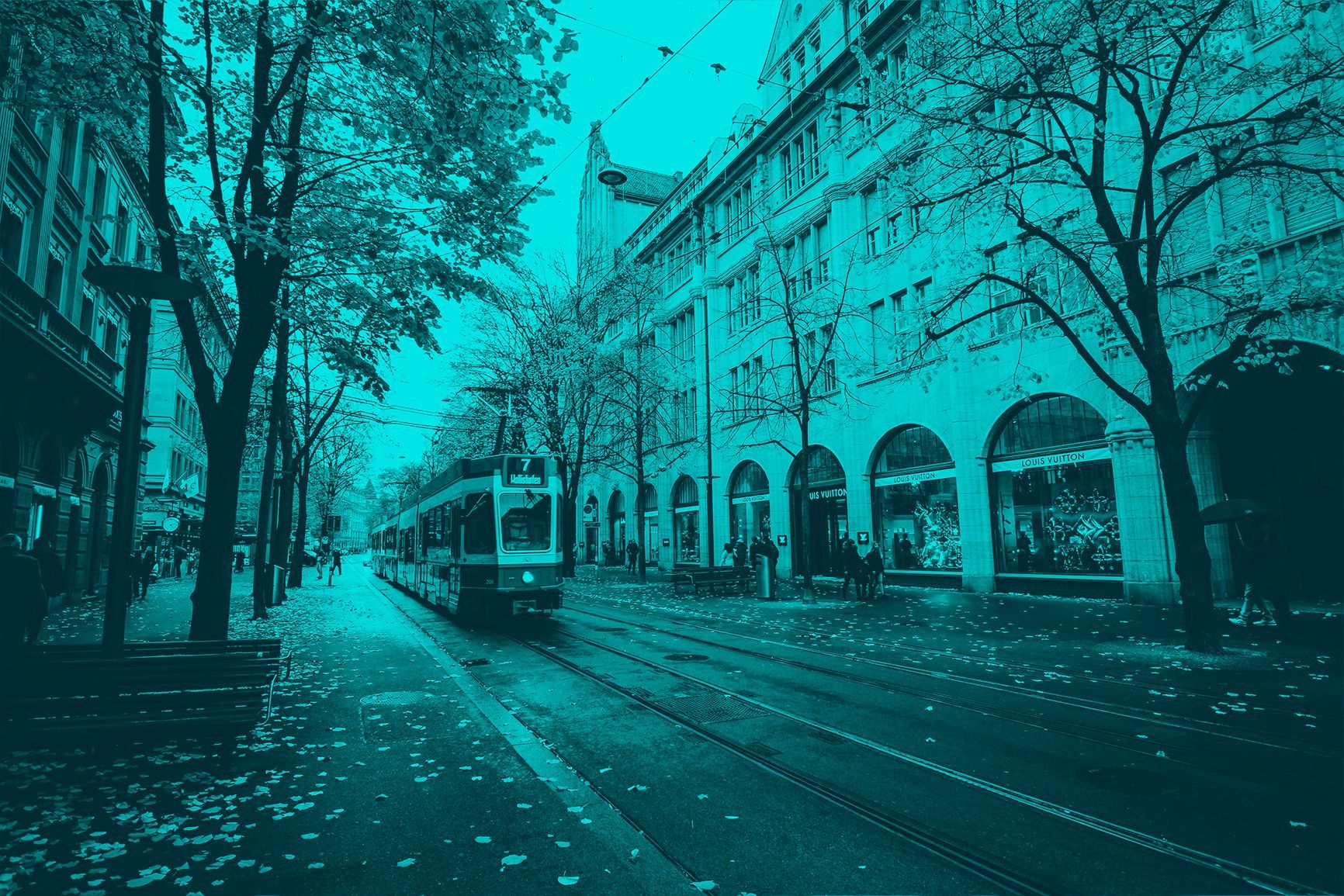The value of transferable skills or soft skills has quickly been shoved back into view as some of the most important characteristics of today’s workforce. The last 18 months have been a true testament to some such as resilience, adaptability, empathy, emotional intelligence, creative thinking.
As the job market and hiring trends of 2021 continue to shift and change, has the way you approach your career goals changed? Businesses are crying out for talent, and it’s prime time for candidates to sell themselves into opportunities they don’t necessarily tick all of the boxes for in terms of experience.
Transferable skills are incredibly valuable to any business. It’s the DNA of its people outside of their experience. If you’re a jobseeker in the market now, I encourage you to focus not on what you don’t have, but on what you CAN bring.
HErE’S hOw to SEll yOur trAnSfErAblE SkIllS
IDENTIFY YOUR TRANSFERABLE SKILLS
As mentioned above, these skills and attributes also known as soft skills can be applied to a range of different roles and industries. They include things such as:
- Communication skills
- Leadership ability – coaching, mentoring, delegating
- Creative and critical thinking
- Organisational skills and execution – skills that help you execute in the workplace
- Planning, administration, time management, tech literacy et al.
You can use a skills checklist such as this one to help.
You may also take a look at job descriptions of the kinds of roles you’re interested in applying to, and see which transferable skills are commonly sought after, or could be valuable in these roles.
LET’S GET VISIBLE
Now you know what your transferable skills are, make them known from the get-go, and continue to draw upon them throughout the hiring process.
Your cover letter is a great place to start as is your skills summary on your resume.
Ensure you have examples of how you’ve used these transferable skills in your past roles with success. Don’t be shy, note these examples down in your application.
THE INTERVIEW SELL
If you’re interviewing for a role you’ve not held before, or in a new industry, it’s likely you may feel a few more nerves as you navigate how best to sell yourself. Those examples of the soft skills you mentioned in your application, now’s the time to tie these examples back into your answers during an interview.
Sell your alternative
If your interviewer asks about your experience in something you don’t have, this is your opportunity to sell your alternative.
“Whilst my experience within that area is yet to be gained, my {insert transferable skill here} has given me valuable experience where I was able to {insert your successful outcome from utilising skill}.”
Giving a tangible result from drawing upon your skills in past roles really helps to solidify your answers.
So what are you waiting for? Don’t let your lack of experience hold you back from a dream role!

Looking for a role in Tech Sales or IT? Check out some of the available roles we have open here. Comprehensive interview coaching included!






